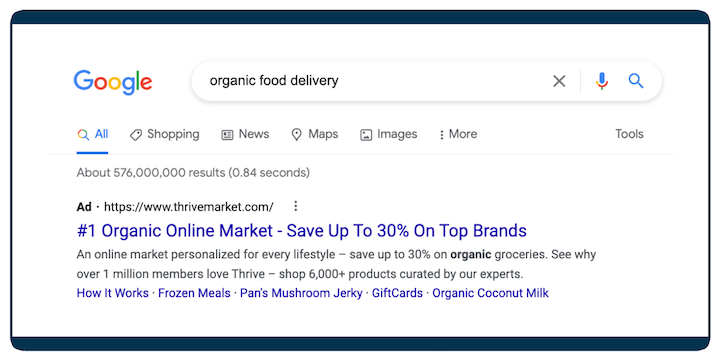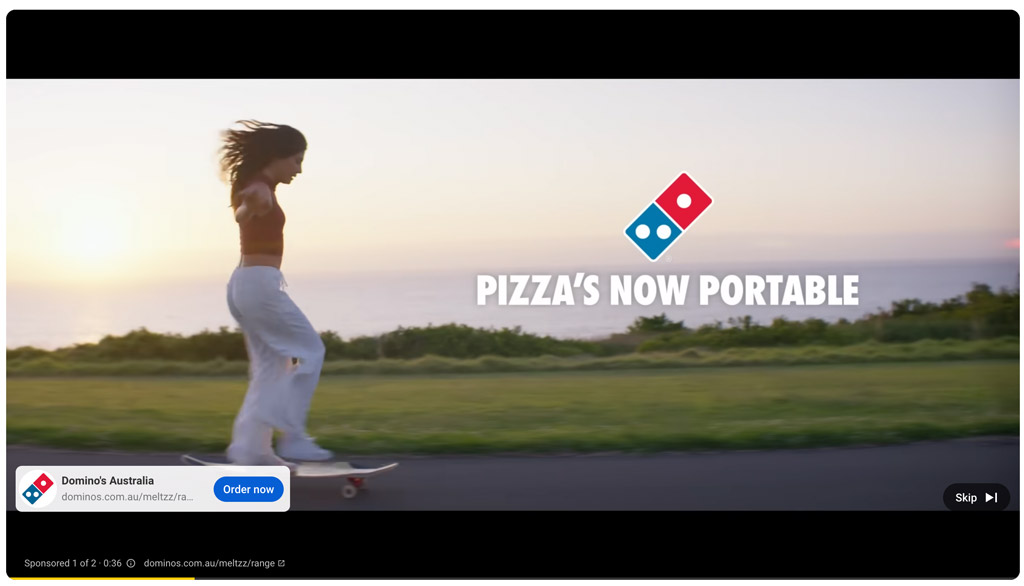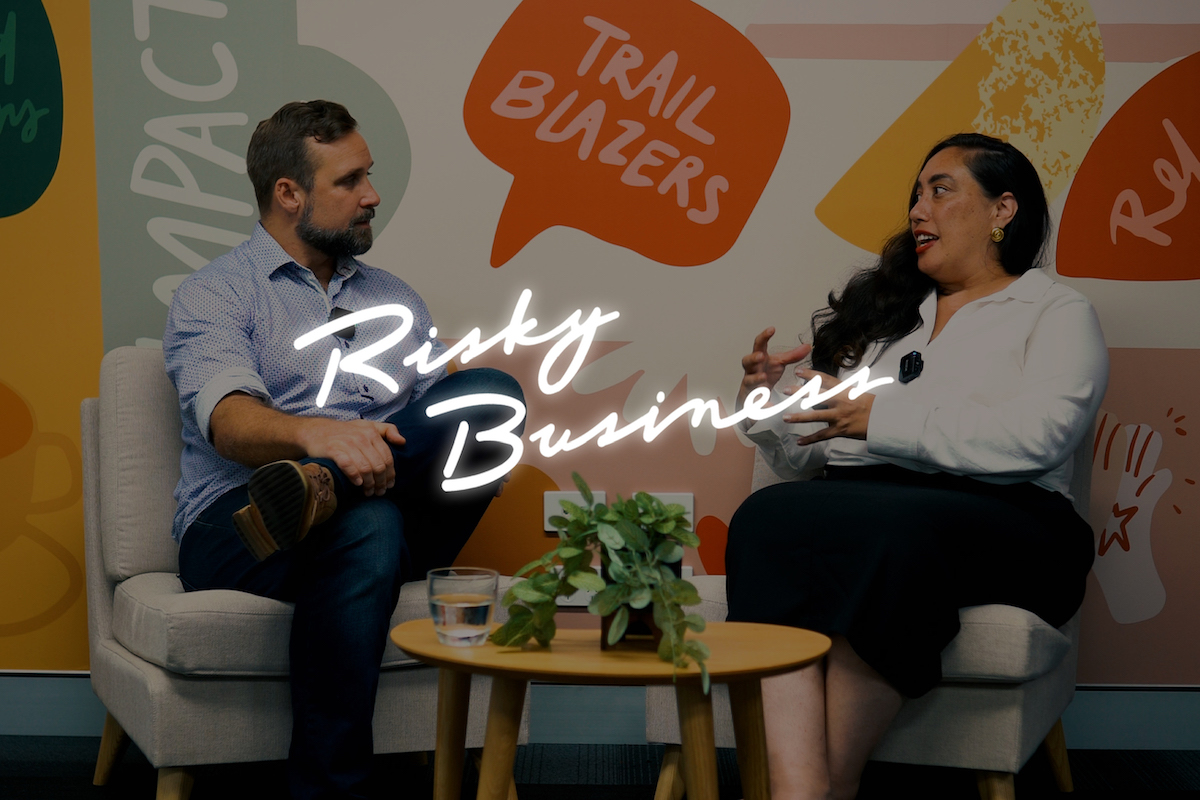
When it comes to online advertising, you can’t go wrong with investing time and money in a search engine that receives 4.8 billion users every day. That is one of the many reasons why Google is such a powerful site to run ad campaigns on. Aside from having a vast, active user base, Google Ads campaigns are dynamic and allow businesses to showcase their products and services in more ways than one. Keep reading to gain insight from Jess, our Google Ads expert, on the three types of Google Ads campaigns and how they work.
Why Advertise With Google?
“When my friends set up businesses, I tell them – if nothing else, Google Ads should be the first type of marketing you try, before anything else,” Jess says.
There are many ways to market a product or service offline, from mailbox leaflets to radio ads, billboards and shop-front signage. But according to our Google Ads expert, these traditional advertising techniques can’t ensure businesses that potential customers are taking notice. In fact, your business might be wasting money advertising to people who are not interested in what you have to offer.
Digital advertising solves these problems. You can target interested customers, track conversions and make small edits to your ads that improve their efficiency with very little investment. Google Ads are exploding in popularity everywhere. It is the search engine of choice for over 90% of internet users, with more than 4 billion active users worldwide.
According to our Google Ads expert, one of the key features that makes Google Ads so desirable for advertisers is its pay-per-click, auction-based model.
“Businesses who advertise with Google only incur a cost when a customer clicks on their ad, making it very cost-efficient,” says Jess.
Businesses can participate in automated bidding against competitors for ad placement and control their ad spend using various budget tools with the ads platform. Google also assigns a Quality Score to each advertisement by measuring relevance and usefulness, which determines your ad’s positioning and cost-per-click.
Search Ads
What are they?
Search ads appear among search results within Google’s powerful and widely used search engine.
When you type a word or phrase into Google, you are presented with a list of search results, also known as a SERP (search engine results page). Search ads generally display at the top and bottom of the SERP with an “Ad” prefix before the listing. This ad type consists of a headline, display URL and description text with keywords, all designed to encourage the reader to learn more.
Ad extensions can also supply viewers with additional information, such as your business’s physical address, store rating and contact number.
How Do Search Ads Work?
Search ads will only display to those already searching for your product or service or a keyword relating to your product and service. This strategy is classified as ‘pull marketing’ — you’re ‘pulling’ an existing interested customer base to discover your business.
Search ads are only comprised of text, so it’s important to be concise and provide an instant value proposition or solution to the user that makes them want to click your ad. When someone clicks on your search ad, they’re immediately taken to your website, product page or a landing page.
How Can I Optimise my Google Search Ads Campaign?
According to our Google Ads expert, the first thing you need to think about is your marketing objectives. Typically with search ads, the goal is to drive conversions rather than build brand awareness. So they are best utilised when you know that your potential customers are already searching for terms affiliated with your products and services.
“Think about it from your customer’s perspective. Imagine they live in Chermside and they really need to get their air conditioning fixed, so they search for the term, ‘air conditioning Chermside’. They then see an ad from a company near them that’s currently open. They’ve found a solution to a problem that needs addressing so they’re keen to click on your ad to find out more about your services,” says Jess.
With the help of keyword research and a Google Ads expert, it’s easy to strategically select and organise your advertising campaign to maximise conversions. Selecting long-tail keywords will help your ranking, lower your cost-per-click and improve your likelihood of conversions. Data taken from Google shows that 54.31% of all searches are performed with users entering three or more words to find results.
To further improve your margins, you should know that Google rewards landing pages optimised for conversions and will charge less per click if your landing page is useful and relevant to users. See our top five tip landing page tips and tricks to aid your campaign.
Display Ads
What Are They?
Display ads are a method of paid advertising using visuals like images and videos that appear anywhere across the Google Display Network, a network of over 2 million websites and apps. You can convey your brand through imagery and small amounts of text to showcase your service or product.
You may see display ads:
- Across social media platforms, most commonly in the feed;
- Appearing in banners above the main content of websites;
- Appearing beside or below blogs on various websites; and
- In your inbox as a text-only ad that expand into into an image when clicked
Display ads can help your business find new customers and engage with existing ones through careful ad targeting and retargeting. Our Google Ads expert advises that display advertising is particularly great for establishing or maintaining brand awareness.
How Do They Work?
Unlike search ads, it’s crucial to understand that display advertising are ‘push’ ads. Your ads display to potential customers who may not be looking for your product yet, allowing you to target them early in the buying cycle and foster brand awareness.
Display ads can also be used to retarget existing customers or those that have abandoned their shopping cart. Google will also select websites that are targeting similar customers to display your advertisement on. When people click on the ad, they’ll be redirected to your website or landing page.
How Can I Optimise my Google Display Ads Campaign?
Ad targeting is essential to ensuring success in any advertising campaign, and you can refine your targeting approach with research on your keywords, target audiences, segmentation, competitors and success from previous campaigns.
You can target potential customers based on their demographics, psychographics or behaviour. For example, you might target people who have recently visited your site, or men aged 18-24 within a particular location or postcode.
Depending on the keywords you target, Google will place your ad in applications that allow advertising in the Google Play Store. In fact, Google targeting is so powerful, that it can almost seem as though it knows what you’re thinking. This is because Google makes assumptions about each user and places them in different categories to be identified by advertisers as target segments.
Video Ads
What Are They?
Video ads are shown on YouTube and websites or apps that are running on Google’s video partners. As the name suggests, they are videos that can come in various formats to showcase your business. A bumper ad can be as short as six seconds and unskippable by users, whereas a skippable in-stream ad gives you more time to get your message across, but the viewer has the option to skip the ad after 5 seconds. A video discovery ad allows the viewer to click the thumbnail for your ad to play, while an outstream ad is accessible through mobile and tablets.
Here’s the complete list of video ad formats:
– Skippable in-stream ads — skippable after 5 seconds
– Non-skippable in-stream ads — 15 seconds or less (viewer cannot skip)
– Bumper ads — 6 seconds or less (viewer cannot skip)
– Video discovery ads — Viewer must click thumbnail
– Outstream ads — Mobile and tablet only
YouTube is the world’s second largest search engine and second most visited site after google, making it another advertising domain that is greatly beneficial to your business.
How Do They Work?
Video advertising is another form of ‘push’ advertising that helps your business become discoverable by viewers looking at similar content. Our Google Ads expert explains that the challenge with video ads is to capture your audience’s attention and give them something informative, entertaining or humorous to ensure they reach the call to action and recall the brand in a positive light.
Objectives you can choose with video ads include:
- Sales
- Leads
- Website traffic
- Product and brand consideration
- Brand awareness and reach
Advertising is getting more sophisticated, but it’s also becoming easier for the average person to do. According to Google, people who watch YouTube ads to completion are 23 times more likely to visit or subscribe to a brand channel, share a brand video, or watch more by the brand. Even those who don’t watch the video through to the end are 10 times more likely to take action.
How Can I Optimise my Google Video Ads Campaign?
After considering your marketing goals for your video ads campaign, you can optimise what’s known as your cost-per-view in a few different ways. Unlike search ads that rely mostly on clever text, video leans heavily on audio-visuals to entice customers. So if your ad isn’t performing, the first thing you should review is the video itself. You can review your video’s performance with Google’s watch time stats to see when users are skipping your video.
Another great way to lower your cost-per-view is by modifying your targeting. Our Google Ads expert says that expanding your targeting can help you reach more audiences, and similarly, narrowing it down to a particular demographic and interest group can make your ads more effective. You can target keywords, topics and retarget customers that have already interacted with previous videos. You can also add exclusions to further refine where your ads and simultaneously reduce the cost-per-click of your ad. We talk more about this in our blog about the most common Google Ads mistakes our Google Ads expert sees and how to avoid them.
Maximise Your Google Ads Campaign Potential with A Google Ads Expert
If you’re new to Google Ads or simply want to make improvements on your existing campaigns, we can help! Our Google Ads expert and digital marketing team can help you navigate the creative world of advertising with our variety of personalised services, best practice campaign strategies, keyword research, professional videography and web design to refine those landing pages! Get in touch to discuss your needs and assist with your campaign strategies.






